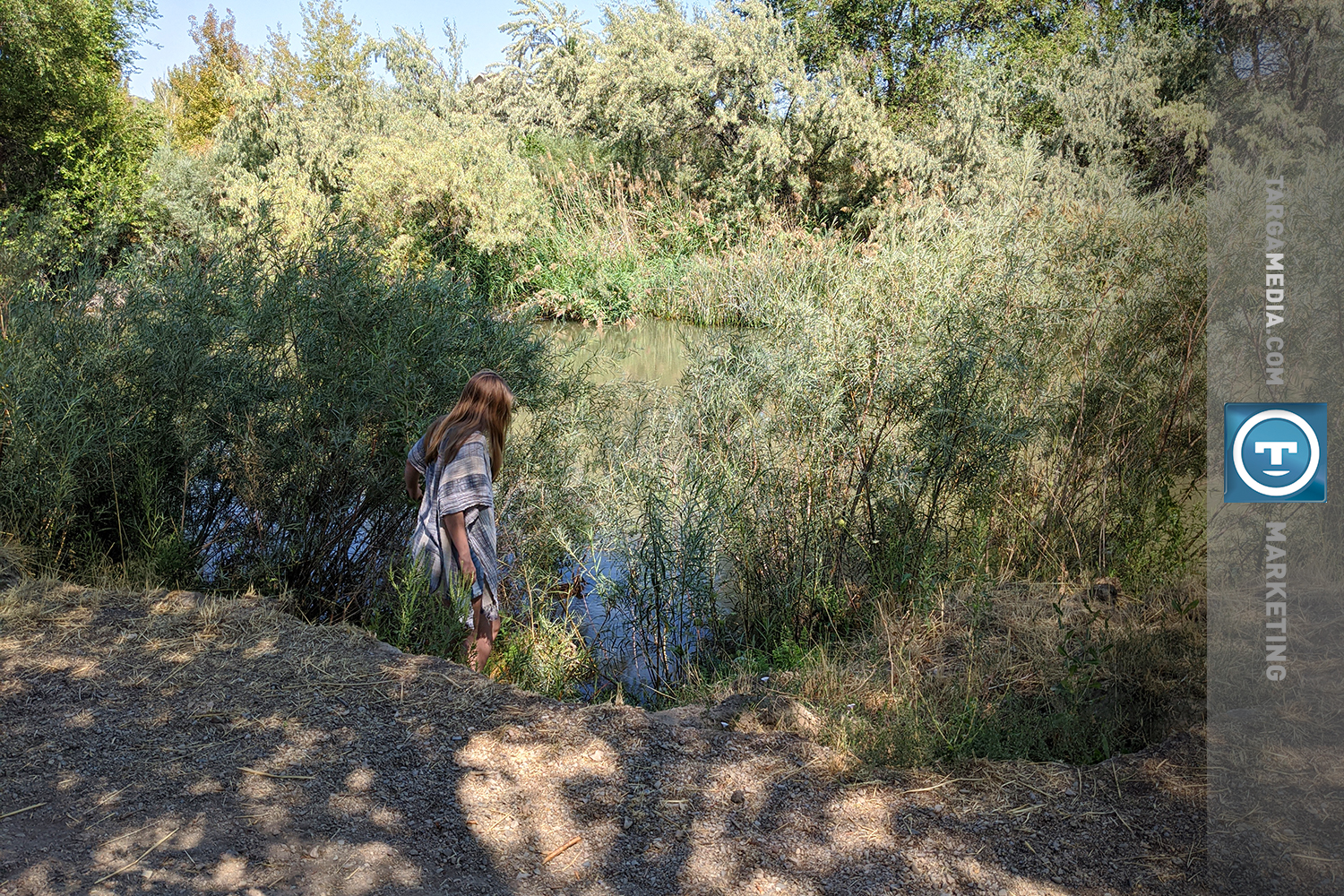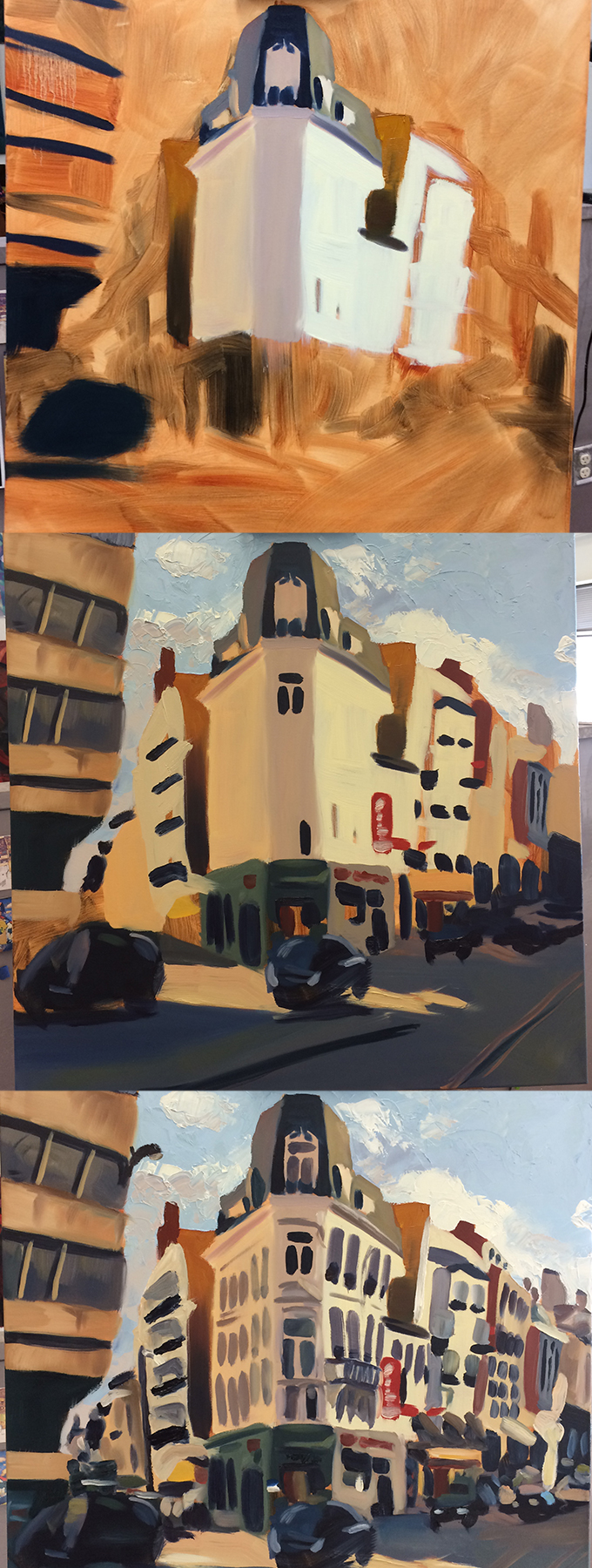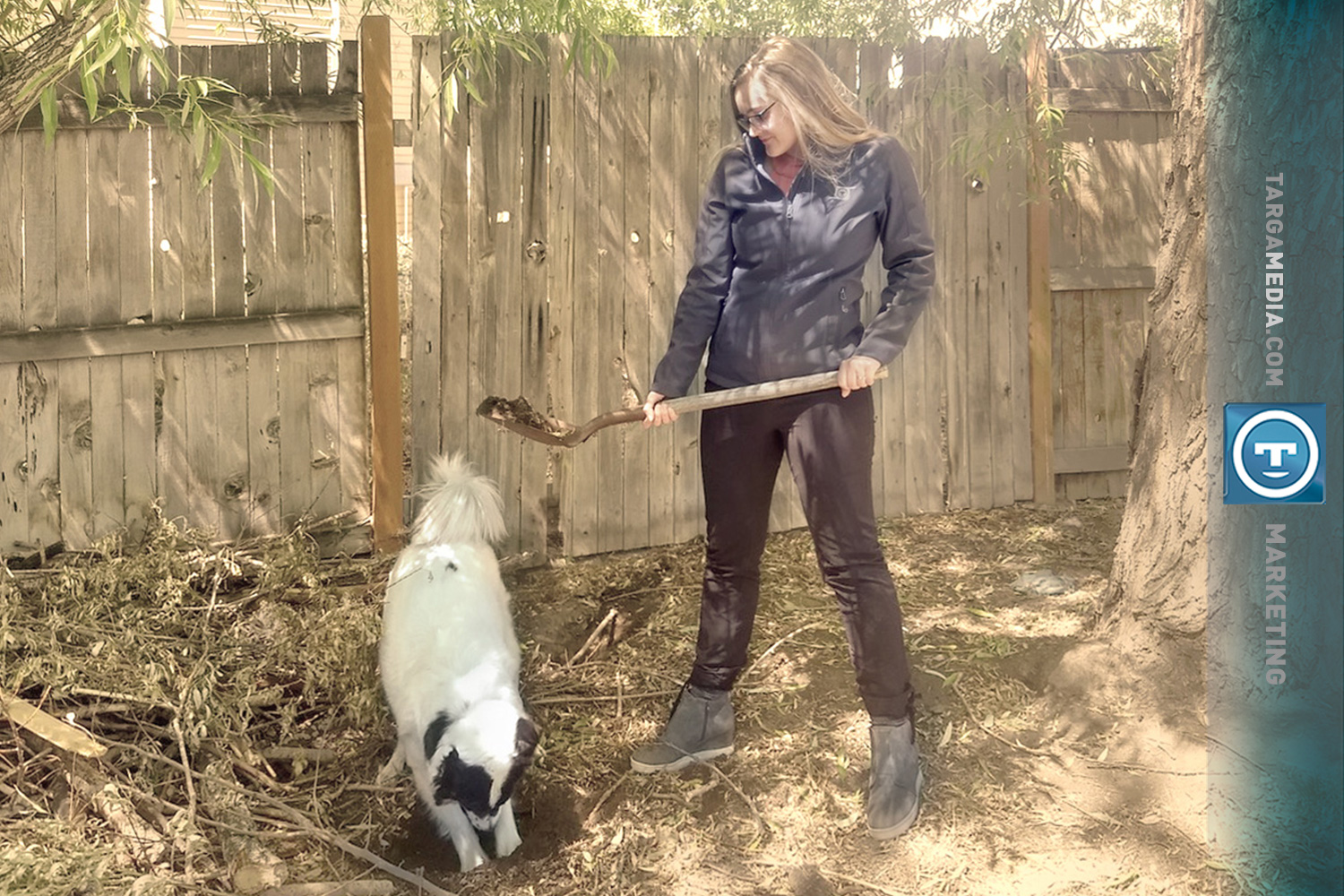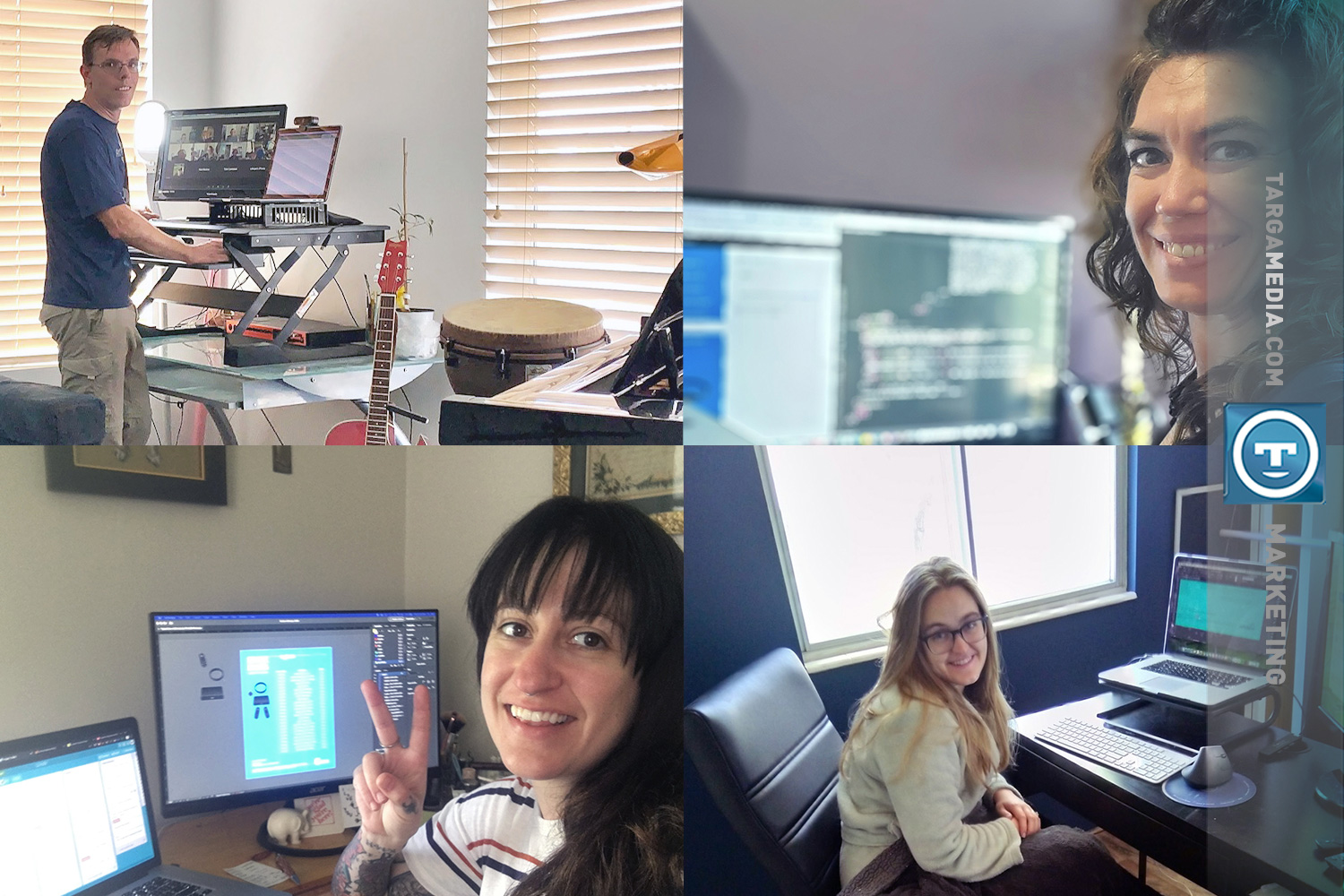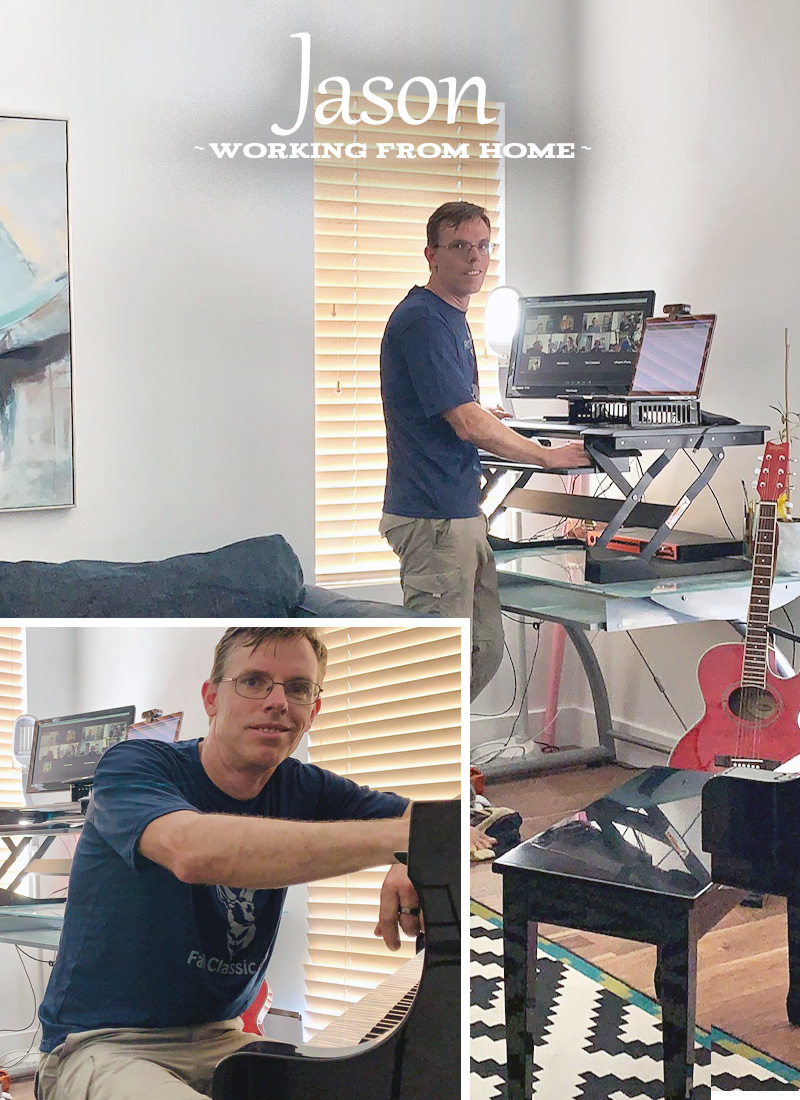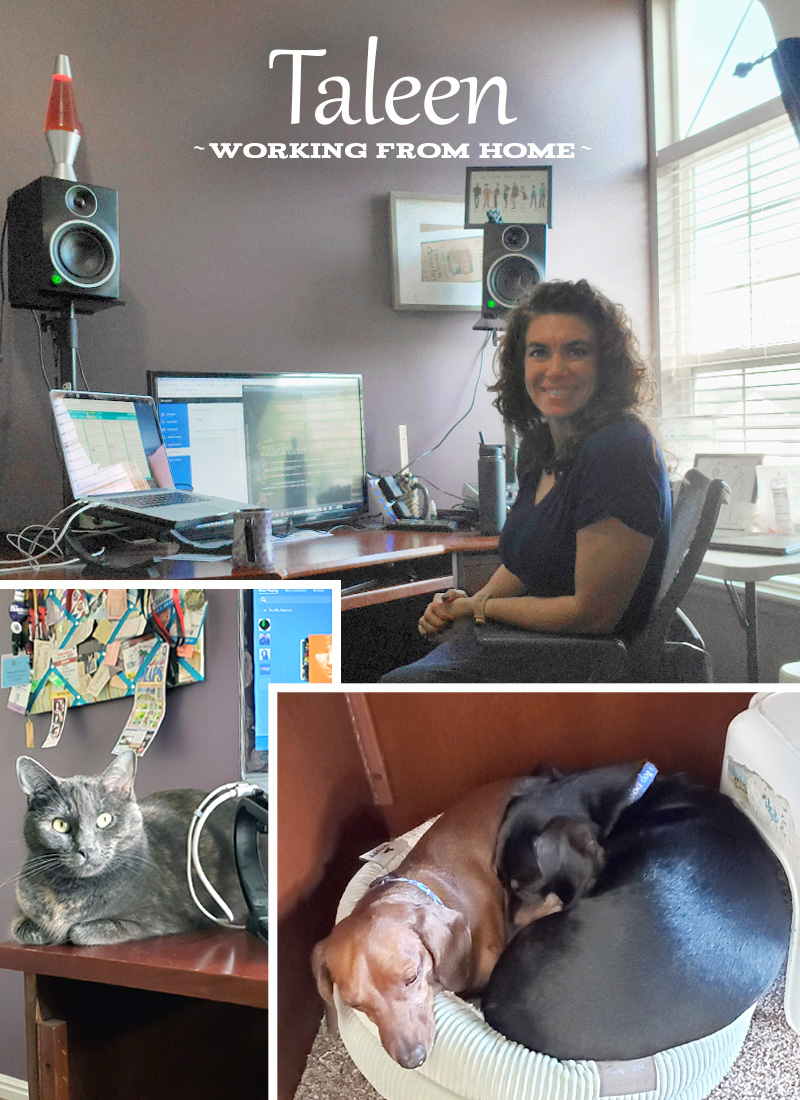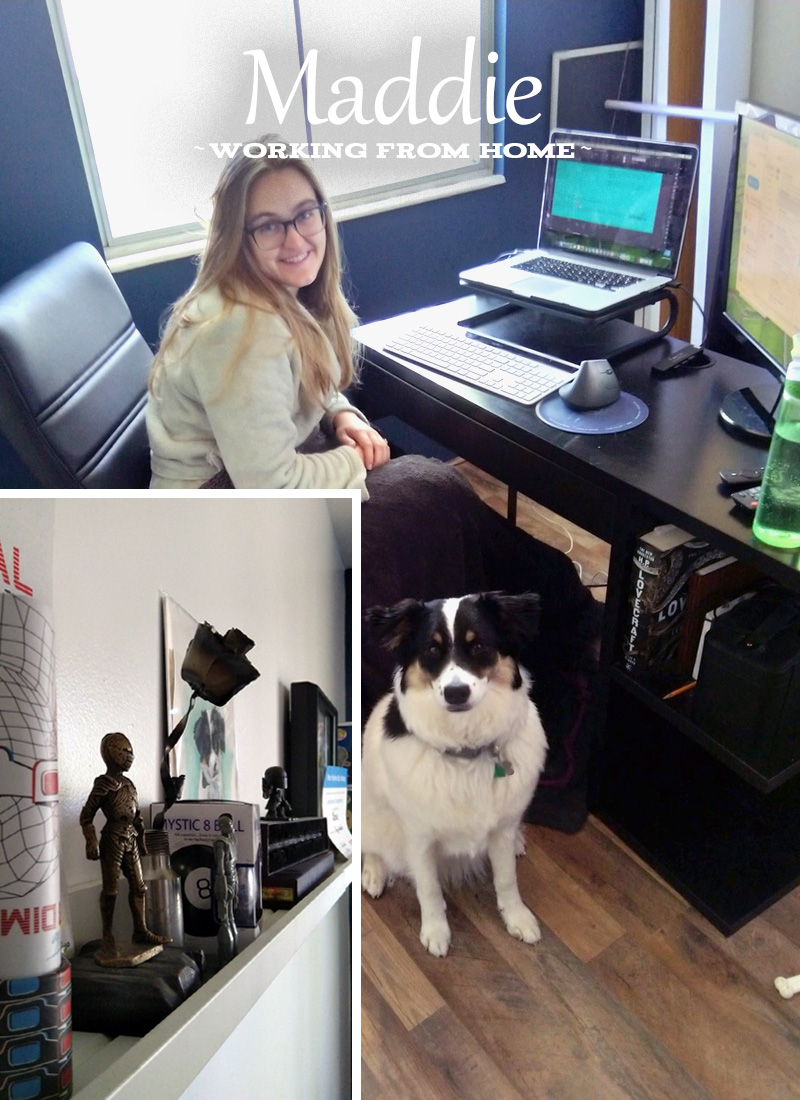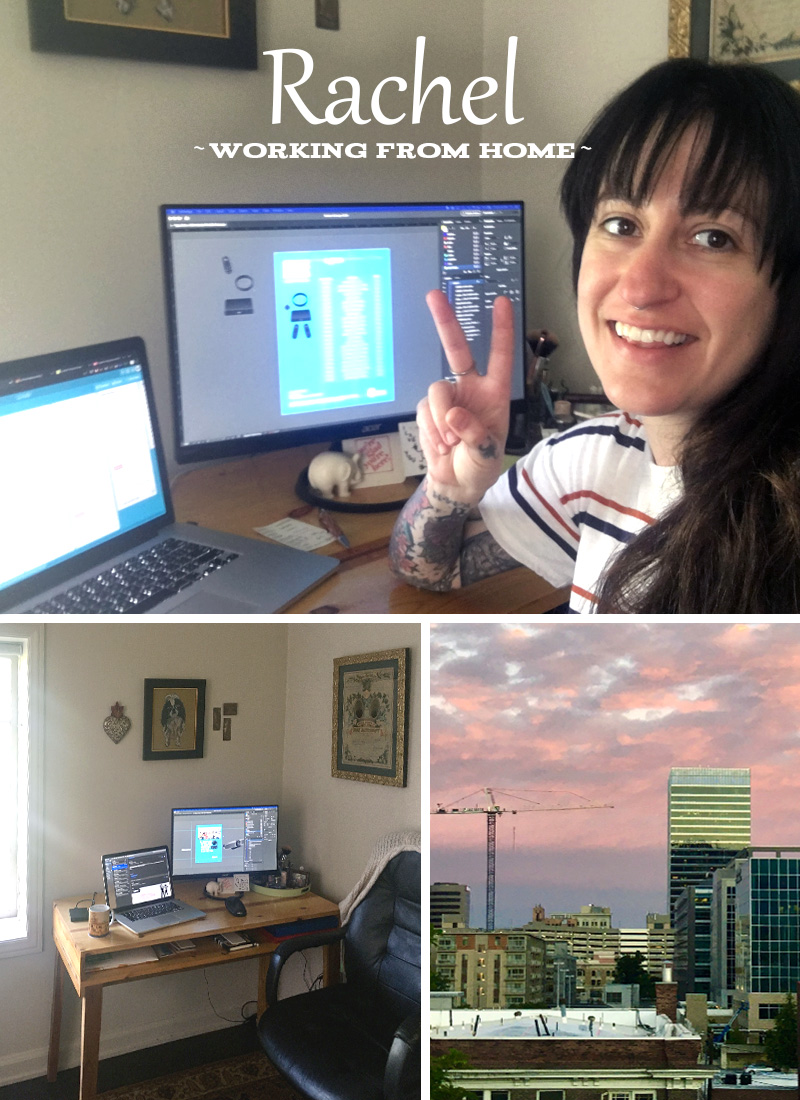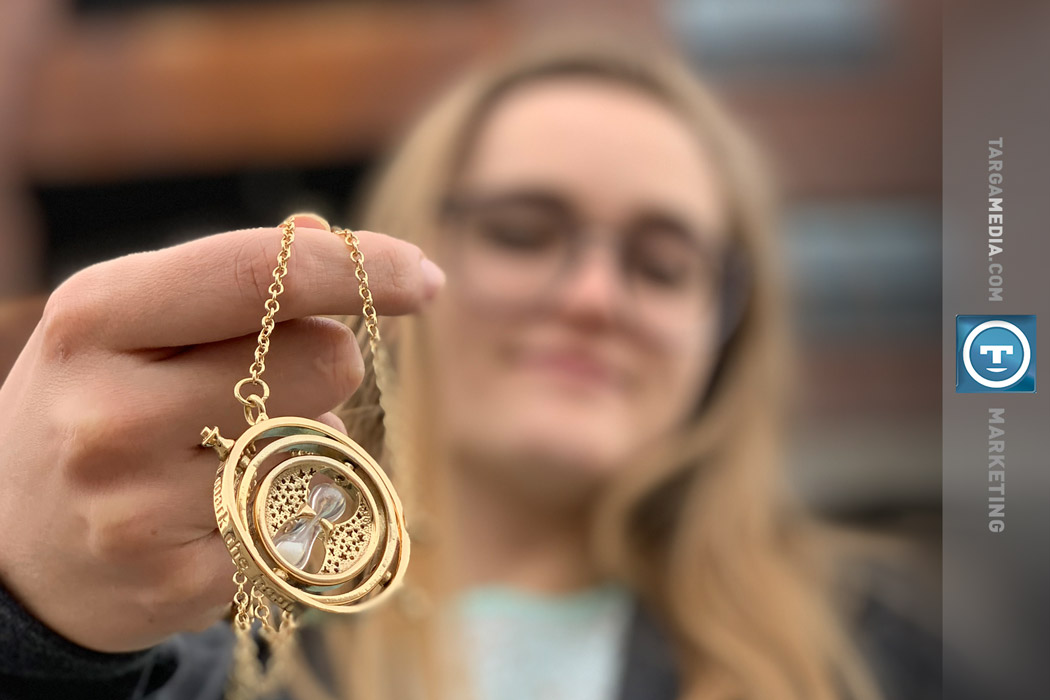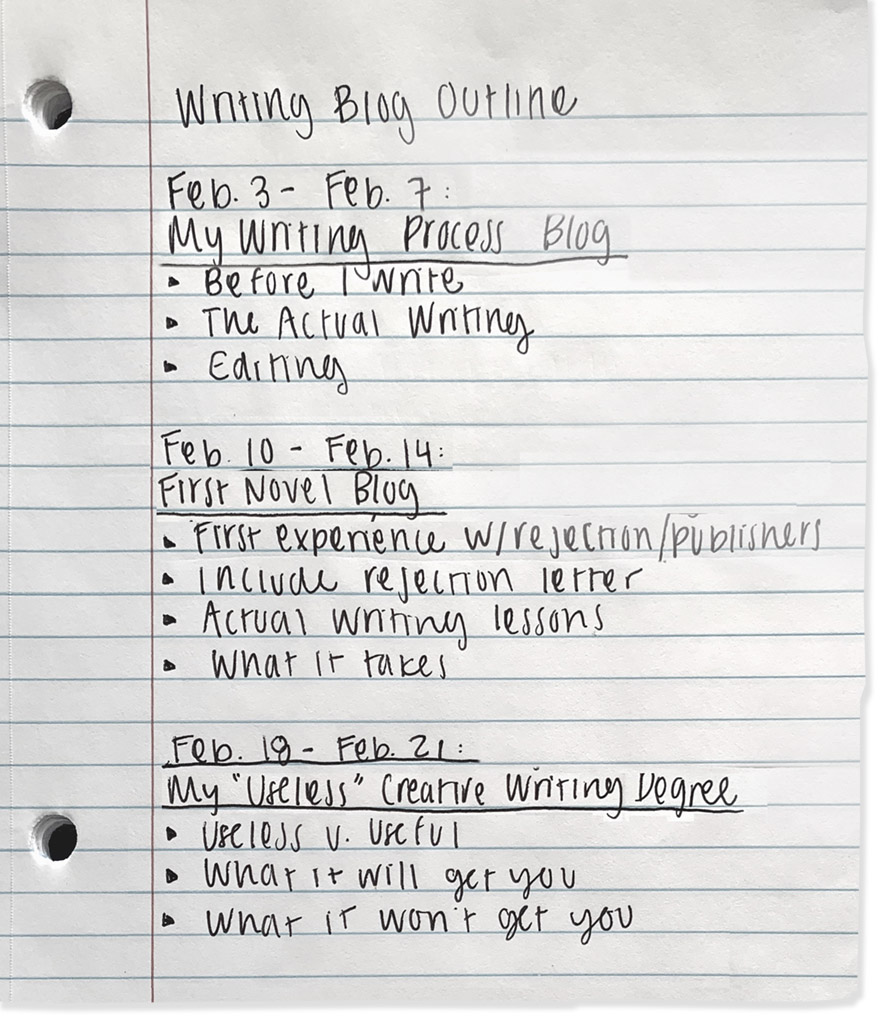
Finding Your Target Audience: It’s Not a Speed Date

Maddie Grey
Content Lead
Finding Your Target Audience: It’s Not a Speed Date
Finding a partner can make or break your life. Marketing is like that too. Understanding your target audience can make your marketing campaign. Misunderstanding your target audience can break it. How can you ensure that you make a meaningful connection with the right people?
Well.
It’s no speed date.
I’ll admit, my experience with speed dating only goes as far as what I’ve seen on TV. A bunch of well-dressed single people meet up in a hotel conference room and take turns sitting across from each other. Each pairing spends maybe five minutes together. At the end of the night and a long string of brief meetings, everyone decides who they found interesting. Maybe they exchange numbers or set up a second date.
That first meeting though, it’s short. There’s hardly enough time to ask about the other person’s family, let alone decide if they’re a good fit. I doubt that five minutes of small talk with a stranger is enough to unveil your compatibility level—who knows, maybe your soulmate was sitting across from you in that conference room, but they stumbled over their words or had a stained tie or made some otherwise inconsequential mistake that led you to deem them “the wrong fit.”.
It’s Best to Take Your Time
You need longer than five minutes to get to know someone, to pick someone who compliments you.
Picking your target audience is no different.
If you lean on shallow, surface-level traits to define your target audience, your product or service will never find the people who will appreciate it and advocate for it. Not to mention the increased likelihood that you’ll perpetuate harmful stereotypes or make excluded demographics feel discriminated against.
When it comes to dating and choosing the ideal customer—it’s best to take your time.
Falling for the Wrong Audience
We all have preferences in dating, certain things we find attractive. I, for example, have always had a thing for redheads. Unfortunately for me, redheads only make up 1-2 percent of the population. Let’s say I was a part of that speed dating event I mentioned earlier, and for the sake of easy math, let’s say there were 100 other singles in that conference room. If I went into that event refusing to date anyone that didn’t have red hair, my options would fall from 100 people to just one or two. I’d be missing out on a lot of opportunities to make a meaningful connection.
And when it comes right down to it, hair color probably isn’t the best indicator of a successful relationship. There have been many studies on what makes a successful relationship, and all of them boil down to compatible personality traits, not physical features.
Choosing the right target audience for your marketing campaign is the same. Relying on surface level characteristics like gender, age, race, or class is not the way to make a meaningful connection with your audience.
Let’s say you’re selling an eyeshadow palette with the following features:
• Each shade is made with natural pigment and other organic materials
• Never tested on animals
• Gentle on sensitive skin
If your target audience is young, middle-class women, you’ll build your marketing campaign to match. Your 5-minute profile might give it a youthful feel: bright colors and blocky font. You’ll make it feminine, maybe with shimmer or a floral pattern. You’ll use decent materials, not too cheap, not too expensive. There, packaging and collateral that will appeal to your target audience, right?
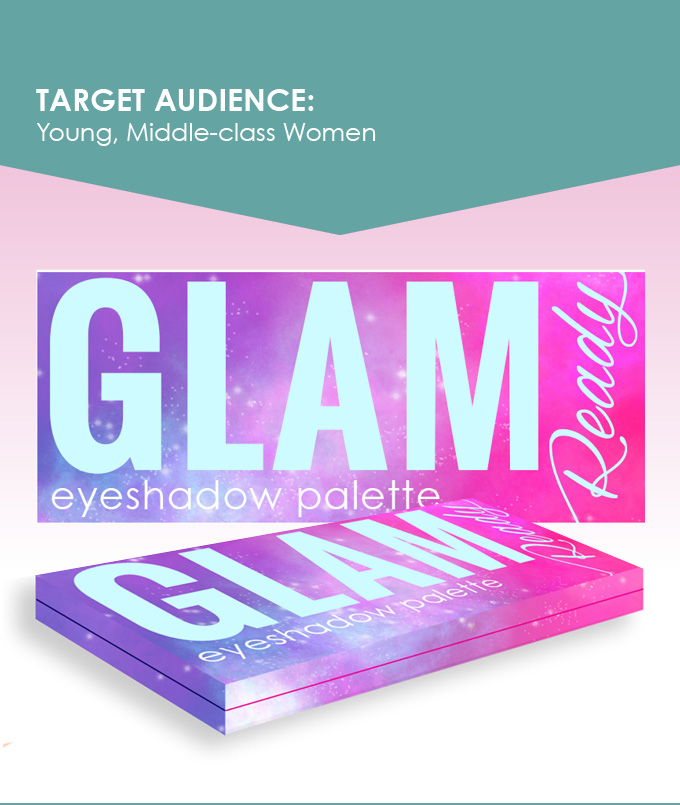
Maybe.
Certainly, there is a group of young, middle class women who the campaign will appeal to, and maybe they’ll buy the product, but the product hardly seems to fit the campaign built around it. The consumers drawn in by this marketing campaign probably won’t appreciate the actual product. They’ll expect flashier colors, pigment mixed with glitter. See, choosing your target audience based on demographics alone leads to overgeneralization and often marketing campaigns that lean into harmful stereotypes. Women like pink. Men like sports. Don’t get me wrong, there are women who like pink and men who like sports, but if every product that is “for women” is marketed in the same way: pink, cursive fonts, sparkles, fashion—we, as marketers, are completely isolating a huge portion of the women we claim to be targeting with our marketing campaigns.
And in the case of the eyeshadow palette I described before, you’ll be targeting the wrong audience, drawing in the wrong people, leading to dissatisfaction with a product that would have been completely satisfactory in the right hands.
It’s a Match!
To find the right target audience for your product or service, you have to look deeper. Just as finding the right partner has more to do with personality than looks, finding the right audience has more to do with who people are than the boxes they fit into.
“Finding the right audience has more to do with
who people are than the boxes they fit into”
Let’s look at our eyeshadow palette from before again:
• Each shade is made with natural pigment and other organic materials
• Never tested on animals
• Gentle on sensitive skin
The target audience for this product isn’t the generic woman of stereotype acclaim. The ideal customer for this makeup palette won’t buy in to artificial-looking colors or glittery hyper-femininity.
Your ideal customer is a minimalist. This might be the only eyeshadow palette they’ll ever need. They care about sustainability and safety. These are the kinds of things you need to understand about your customer. Their values and their pain points. If you find yourself tripping into one stereotype after another, chances are, you haven’t dug deep enough yet.
A Meaningful Connection
Start with your product. Get to know the features that make it special, the things that set it aside from similar products on the market. Those are the traits that will point you to your target audience, to the people who will value your product, recommend it to their friends, increase your reputation and your revenue.
Finding the people who will love everything your product has to offer is the first step. Once you build a marketing campaign that will show them what your product has to offer, it’ll only be a matter of time before you make a meaningful connection with your target audience—the right target audience for you.
Jason’s Take
To Maddie’s point, you need more than 5 minutes to define your target audience. Yet the 5-minute audience profile is too often the norm. We often decide that there’s just too broad of a demographic to get specific, and therefore we’re okay with hit-and-miss messaging. I’ve found that the 5-minute audience profile doesn’t actually target anybody. Even that sliver of a group that we’ve decided to “talk to” finds such a broad-stroke message to be disingenuous, vague, and confusing. On the other hand, a message that sounds like a 1-on-1 conversation not only hits home with that slice of our audience, but also allows others with differing interests to find meaning and sincerity in the message. Talking about values and pain points is something we can all relate to..

